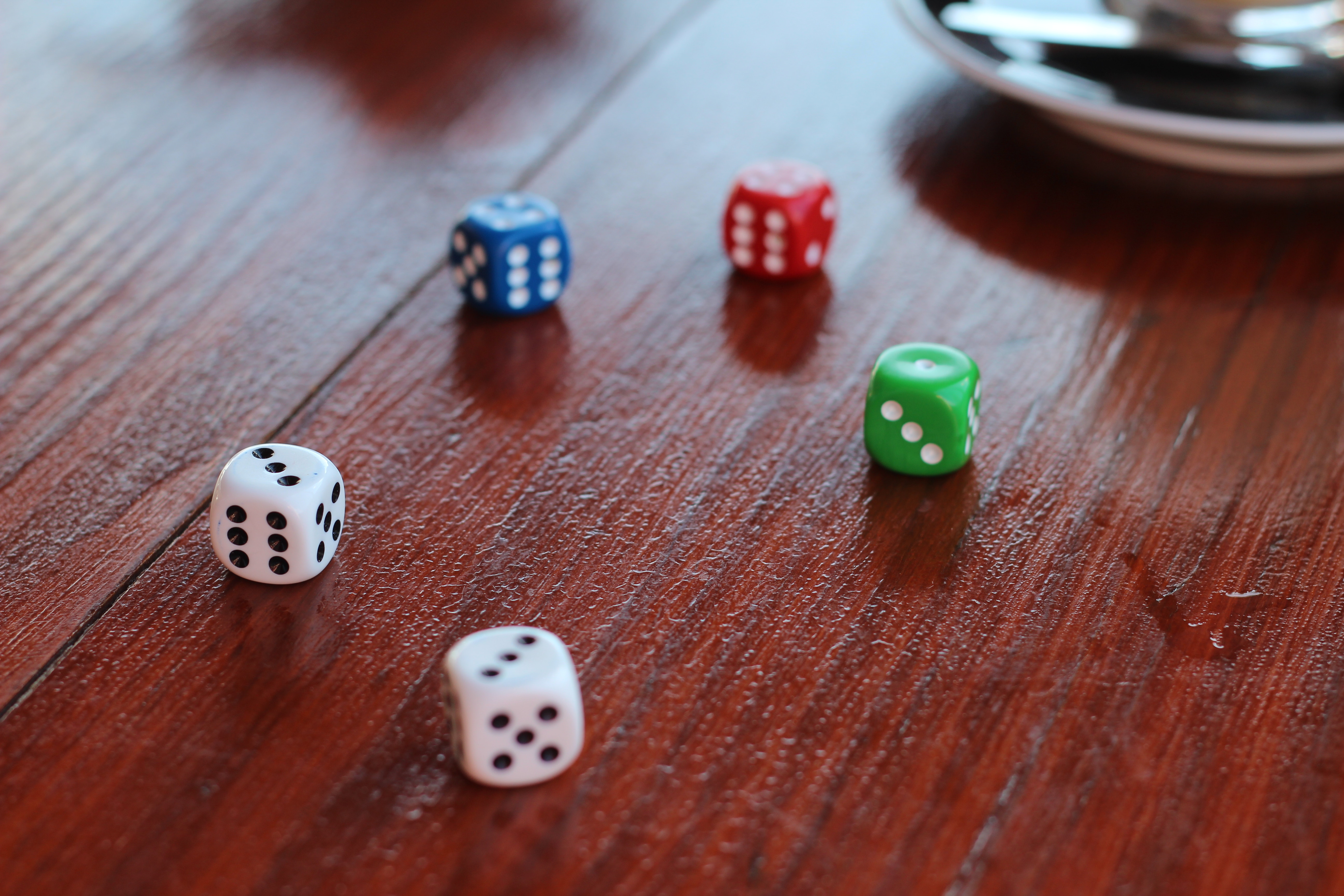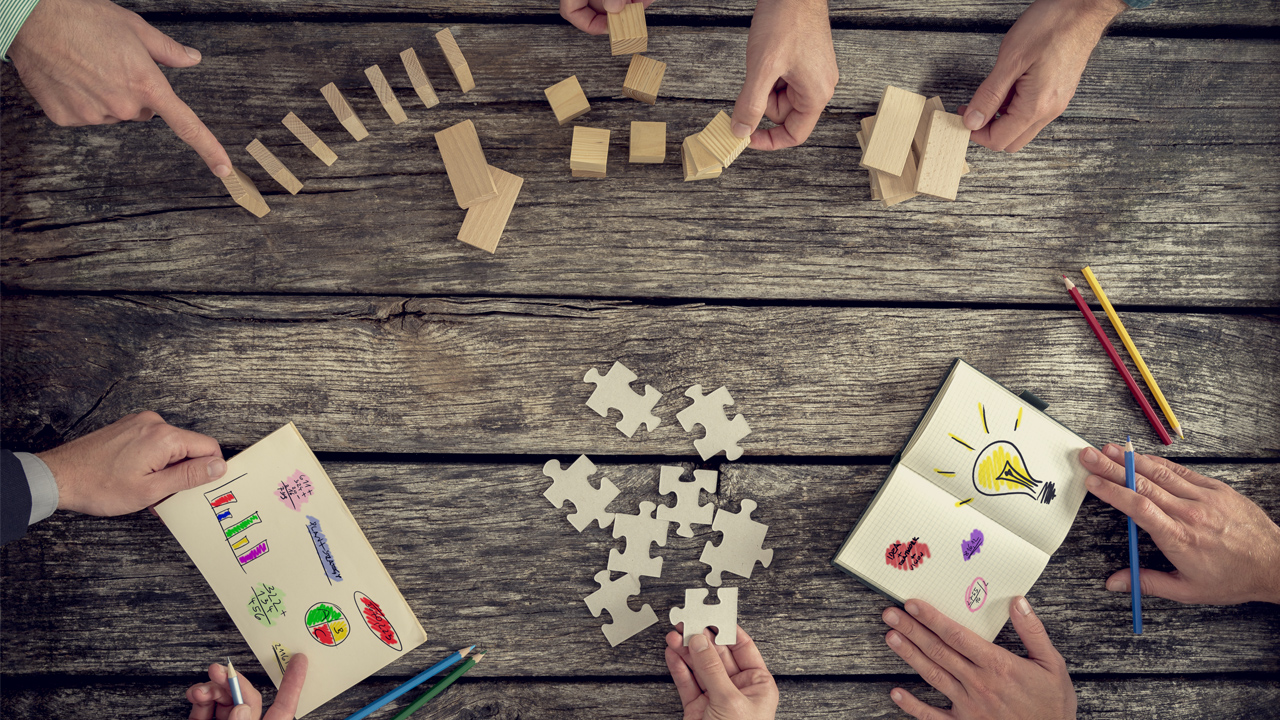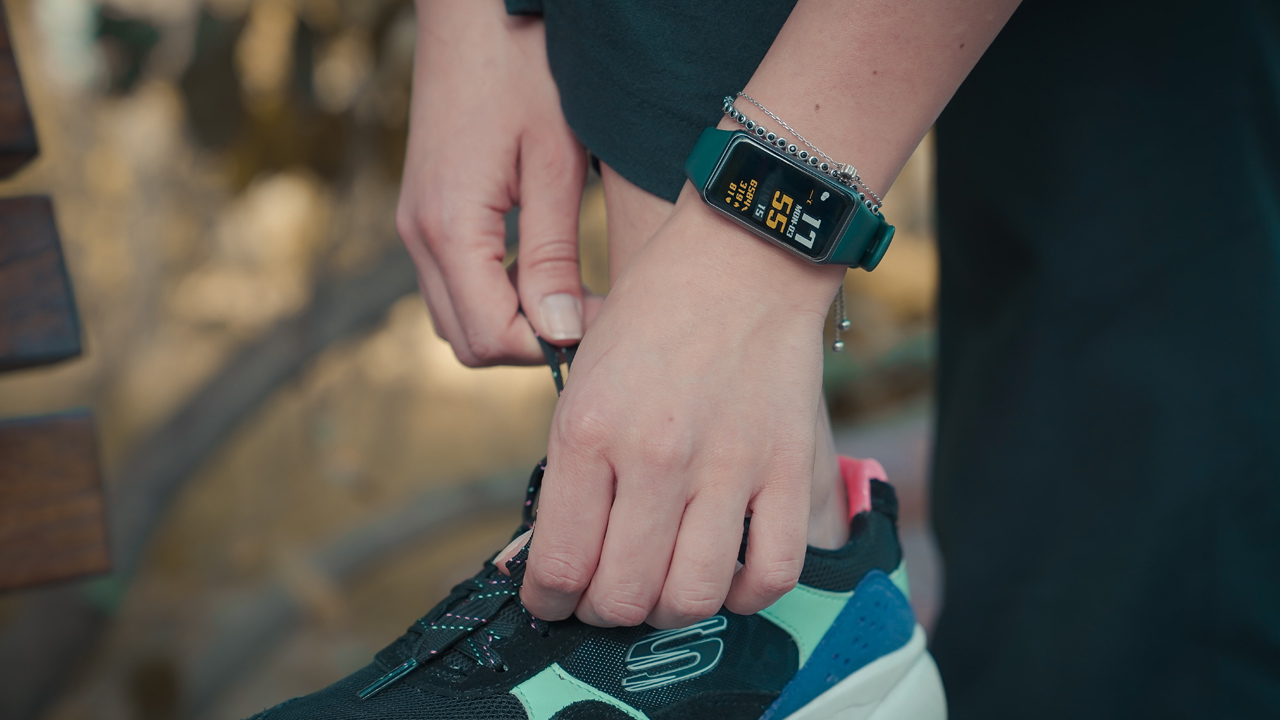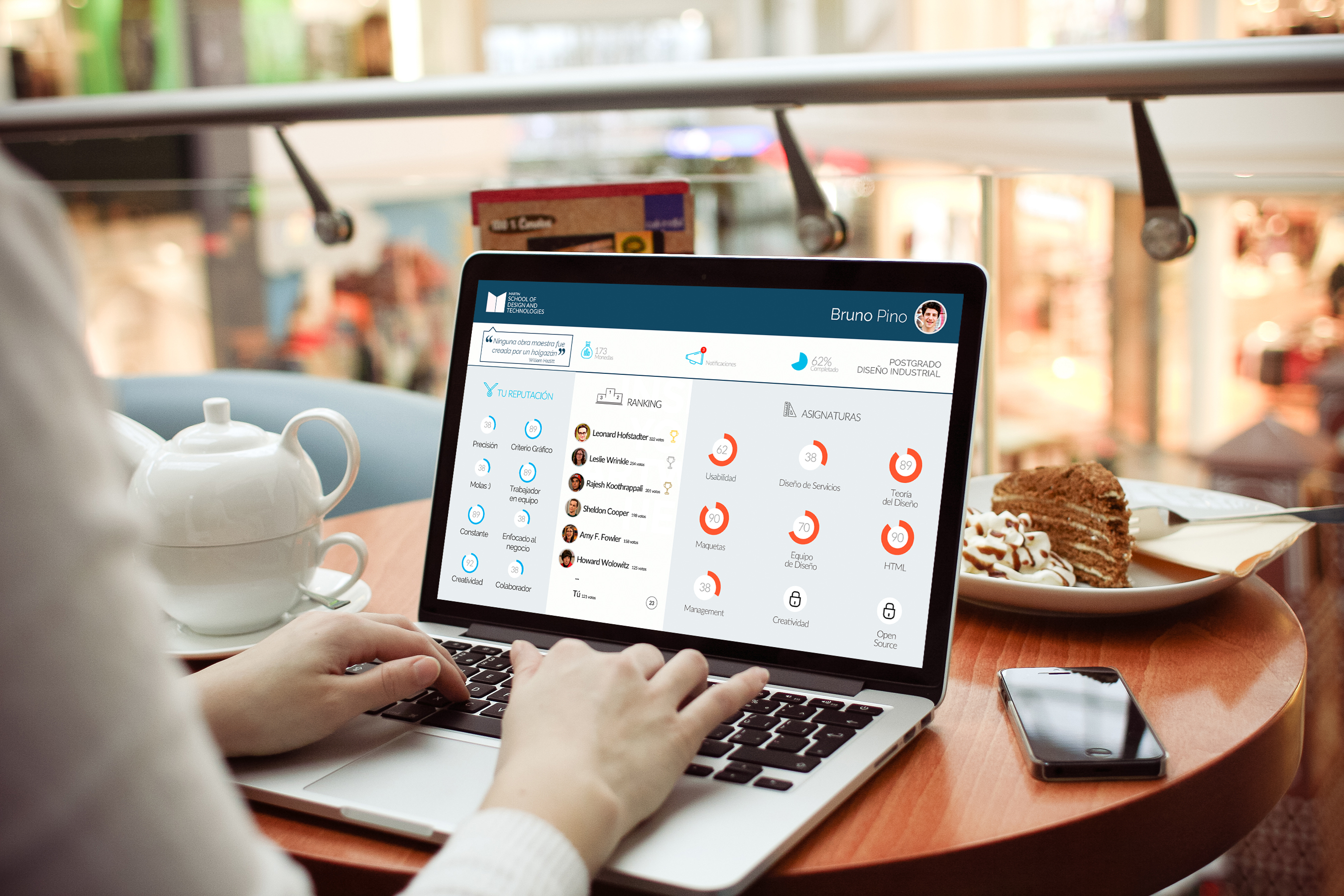It’s not all Fun and Games
The last few weeks have given me plenty of food for thought. The end of November saw the second annual instalment of Gamification Europe, a great chance to catch up with old friends and take stock of what we are all doing around gamification. Then, the beginning of December, gave me the opportunity to sit round the table with graduates and game designers and compare notes on the differences and similarities of gamification and games. Both of these made me reflect on balancing fun and objectives, and how game-like solutions can remain sustainable.
At Gamification Europe, held at a comedy club in Amsterdam, speakers from around the world gave their insights into gamification, serious games, play and how they all fit into the world around us.
Several talks echoed Gartner’s prediction that “80% of gamification will fail”. One message, that was repeated many times, particularly resonated with me: Gamification is a strategy that needs to focus on outcomes and objectives. However, I feel a lot of what is considered to be failure or disenchantment in the industry, seem to trail back to a lack of focus on the outcomes and the objectives of where gamification was and is being implemented. When planning a gamification-based intervention (or any kind of intervention), it is essential that you start by understanding what the problem is that the intervention will solve and what the outcomes or objectives will be. Rather than gamification being considered a “magic bullet”, it really needs to be about tightly defined outcomes and part of a well thought out strategy. This is something that we are very clear with our clients about.
When we are designing a solution, we split the project into 8 phases. The first two focus specifically on understanding the problem, defining the specific outcomes and how we are going to measure them. That is a quarter of the project phase, dedicated to understanding the What and the Why, before we even start to consider the How!
It’s a stage that often seems to be ignored or retrofitted after the “solution” has been designed. The “game” becomes more important than the outcomes, and the “fun” overtakes what the client really needs.
This was further highlighted during my discussions with the game designers in Newcastle, and goes some way to explain why it is so important for people to understand what gamification actually is compared to games. The clearest difference is simple. Games generally start with “fun” or “entertainment” as their objective. The designer has an idea for an interesting mechanic and that evolves into a game. Obviously there can be other factors. For instance, if the designer has been given a film license, for instance, then there is an objective – the game has to be related to the film. Beyond that, how the game plays and how it will entertain its players is their biggest concern.
In gamification, we start with an objective first, then work back to how we might be able to use gamification or games to solve that problem in the most effective and efficient way possible. Fun is very rarely a business objective!










